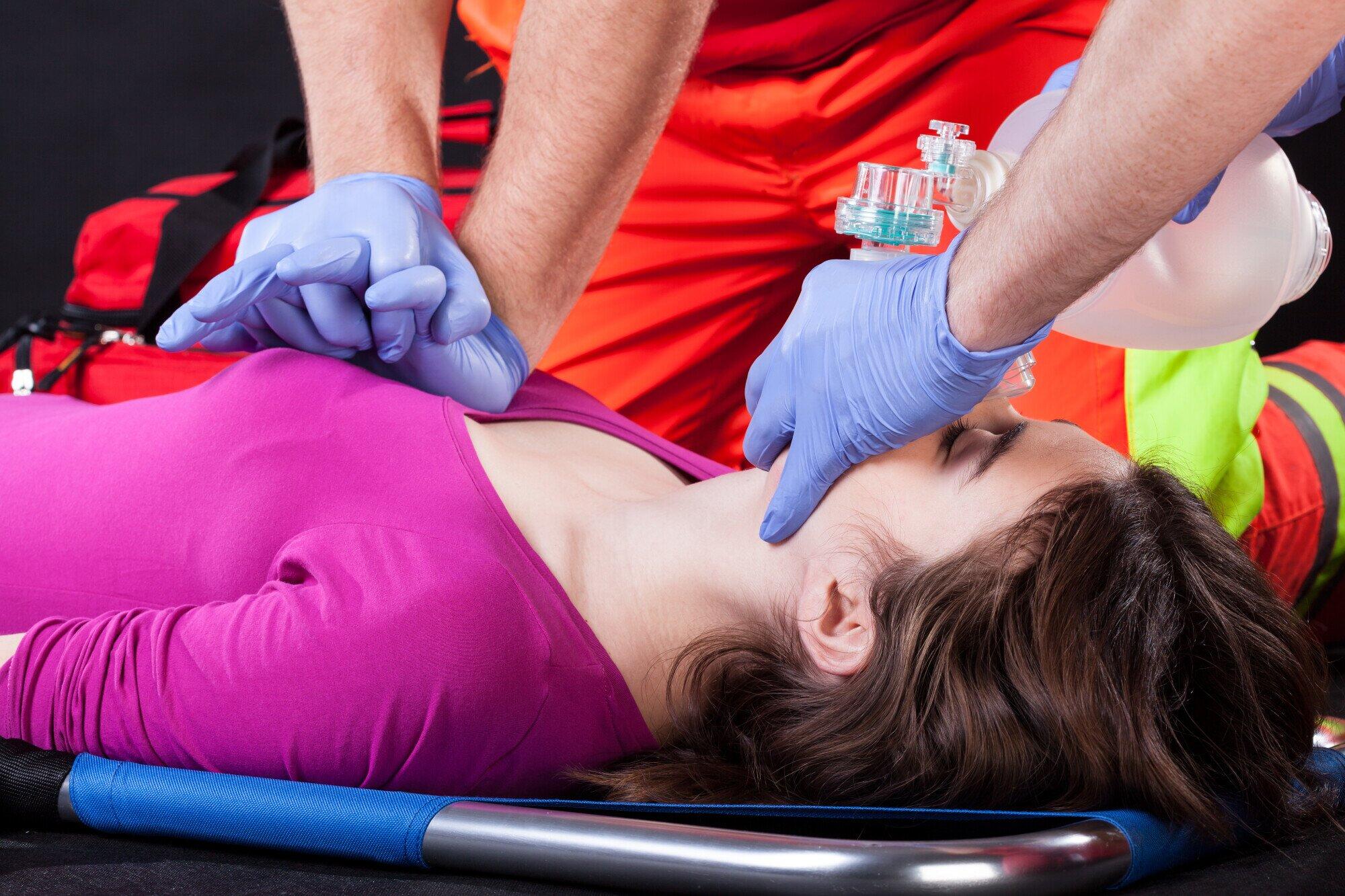In moments of crisis, knowing essential life saving measures can make all the difference. These skills are pivotal during emergencies, offering hope and practical help. This blog aims to outline critical techniques that everyone should know in saving a life.
From CPR to controlling bleeding, we’ll explore basic life saving measures that can save lives. Each tip is simple yet powerful. Empower yourself with the knowledge that could one day turn you into a hero.
Stopping Severe Bleeding
In situations where someone is severely bleeding, taking quick action can be lifesaving. The first step is to apply direct pressure to the wound with a clean cloth or bandage. If possible, elevate the injured area above the heart to reduce blood flow to the wound.
It’s important to keep pressure on the wound until emergency services arrive. Remember, in cases of severe bleeding, minutes can mean the difference in saving one life.
Heimlich Maneuver for Choking
Choking can lead to a fatal situation if not addressed immediately. The Heimlich maneuver is a simple technique that can dislodge food or another object from the throat of a person who is choking.
Stand behind the person, wrap your arms around their waist, and form a fist. Place your fist just above their navel, grasp it with your other hand, and give quick, upward thrusts. Repeat until the object is expelled.
Performing CPR
CPR is a critical skill that can save a life during a cardiac arrest. It involves chest compressions and artificial ventilation to preserve brain function until further steps can restore spontaneous blood circulation and breathing.
It’s crucial to remember the basic steps:
- check the person’s responsiveness
- call for emergency services
- begin chest compressions at a rate of 100 to 120 per minute
CPR courses are widely available, and everyone should consider becoming certified to potentially save a life. For more information, visit https://cprcertificationnow.com, they offer CPR certification and training. They can equip you with the skills and knowledge to recognize and respond to medical emergencies.
Recognizing and Responding to a Stroke
Recognizing the signs of a stroke and acting fast can significantly affect the outcome for the individual. Remember the acronym FAST – Face drooping, Arm weakness, Speech difficulties,
Time to call emergency services. If you notice any of these symptoms, even if they disappear, it’s crucial to call emergency services immediately.
Dealing with Burns
For minor burns, immediately running cool (not cold) water over the burn for several minutes can help alleviate pain and reduce damage. Cover the burn with a sterile, non-fluffy cloth or bandage to protect against infection. Avoid using ice, as it can cause further tissue damage.
For major burns, don’t remove any clothing that is stuck to the burn, and don’t immerse large burns in water, as this could lead to hypothermia. Call for emergency services immediately.
Embrace Life Saving Measures for a Safer Tomorrow
The value of knowing life saving measures cannot be overstated. These techniques, ranging from CPR to handling severe bleeding, can be the difference between life and death. Integrating knowledge of these measures into daily life empowers individuals to act confidently in emergencies.
Life saving systems are more than first aid skills; they’re a testament to humanity’s capability for compassion and action. Everyone has the potential to save a life. Remember, in moments of crisis, being prepared with life-saving measures can turn you into someone’s hero.
Check out our blog for more helpful reads like this.







